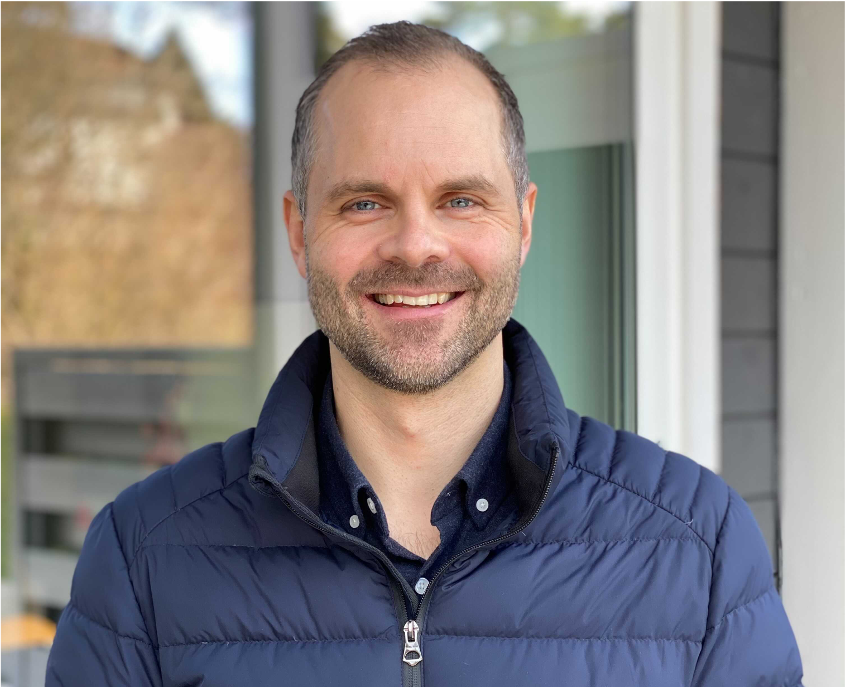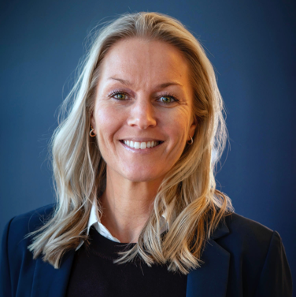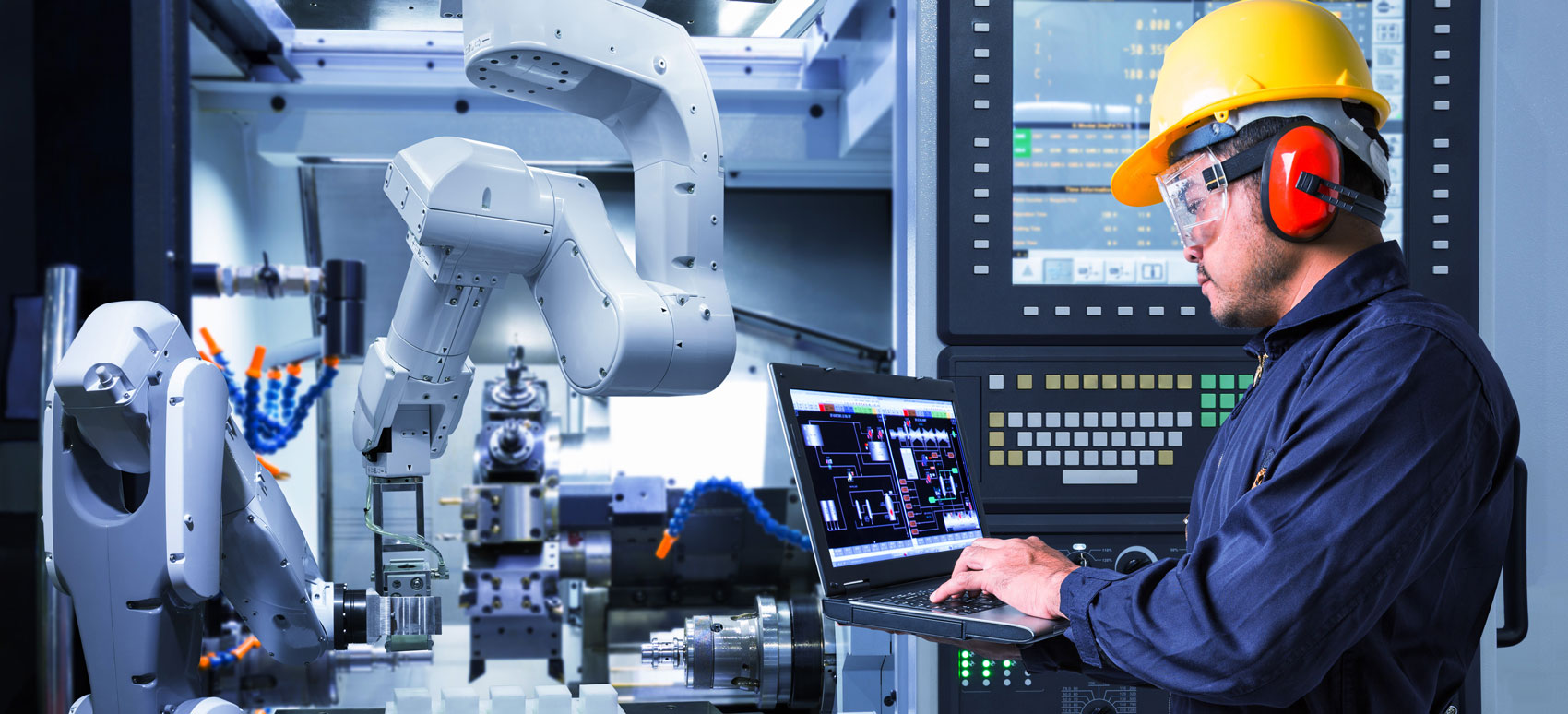Aize VP Product Management Nicolay Ryste says that the future of heavy asset industries depends on our ability to weave the data together into a more complete tapestry of information.
Massive amounts of data are spewing out of capital-intensive industries these days. It’s data that has resulted from three decades of upgrading, modernising and digitalising processes, according to Nicolay Ryste. However, despite this progress, many companies still struggle to bring the data together to see the bigger picture of the operation. In fact, even though they have a plethora of digital tools at their disposal, it may actually be slowing them down, Ryste explains.

Does that mean that just by digitalising, you won’t automatically make efficiency gains?
When we have so many digital tools in use, on an oil platform for example, it creates quite a lot of complexity. To add to that complexity, many companies along the value chain are still exchanging a large part of the information in the form of documents. This means that with every change of hands, there is a massive degradation of information richness and data quality. And this is not the right foundation on which to build advanced operations and more efficient maintenance routines.
So, if digitalising alone is not the answer, what is?
In Aize, we are building a broad suite of digital twin products on top of Cognite Data Fusion, the industry-leading platform. Together, these products help companies to aggregate all their vital data to increase insight into their operations and improve efficiency. By merging our products with Cognite’s, this allows industrial actors across the entire value chain to pull together. This means that everyone can contribute a strand of data that can be woven together – resulting in a much more complete tapestry of information from which they can act.
What is the benefit of having this tapestry of data, as you say?
Firstly, it rids us of a large part of the documents being passed around. And secondly it benefits all the actors along the value chain. It moves the industry player from having a fuzzy, black-and-white snapshot of their assets to having a live and colourful, high-definition digital representation of their assets – all in one picture.
It sounds like the right path for industry. So, what’s holding some actors back?
There are naturally some barriers, such as sharing of data and intellectual property between companies, contractual models that are not set up for this type of information exchange and most importantly, the organisation’s own resistance to change.
Why is it so hard to get an organisation to change?
I’ve learned over the years just how challenging it is for new technology to make its way into production. I strongly believe that the technology aspect is the easy part (well, relatively). The more difficult part, which is also the key to success, is the ability to use and further develop the organisation’s interplay between people, technology, and processes.
How is Aize helping companies to overcome these challenges?
I believe that Aize is uniquely positioned to tackle these challenges, as we are part of a large and active ecosystem in which our brother and sister companies each represent parts of the value chain that we have set out to disrupt. Our close proximity enables us to more easily experiment, develop and improve our offering – which then helps our industrial partners.
Do you have an example of this?
One key example is the ongoing NOAKA field development project in the Norwegian North Sea. In this project, Aize, Aker Solutions, Aker BP and the suppliers are coming together to create and implement the first ever fully digitalised project execution model, underpinned by Aize and Cognite’s unique offerings.
This is often sensitive data you are working with, so how do you take responsibility for it?
Aize’s responsibility is to create a digital offering and an organization that at its core is trustworthy and sustainable. In the digital context, trust is created through effective and enforceable privacy, security, and participatory practices. That’s why we work tirelessly with customers to ensure that our offering is ready to address all kinds of risks – from cyberthreats to privacy to abuse of intellectual property.
What does the digital future hold for capital-intensive industries, in your opinion?
Today, we have access to a dazzling array of new technologies that hold the promise of an industrial future that until recently only existed in science fiction. This technology enables us to sense, process and act upon information at scale, and by doing so, we have the power to spark big picture change – driving economic growth and tackling shared societal challenges. We also believe that by working closely with new and traditional industry players, we can help them in their shift towards developing renewables projects, and hopefully make an important contribution to the energy transition.
If you are ready to take on this challenge with us - reach out to us here. We can’t imagine a more exciting time to become an Aizer.

Post written by Trine Bratt Stølsnes
Trine is the Director and Head of Marketing at Aize, where she combines her passion for marketing strategy with the challenge of shaping how digital twin technology transforms the energy industry. With years of experience in B2B marketing, she is dedicated to driving meaningful change through effective marketing and communication.
Stay in the loop
I’d like to sign up to Aize newsletter




